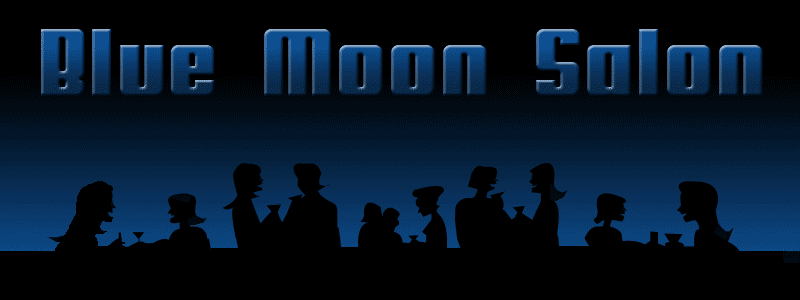
When El Paso wanted to boost its lagging economy its business and elected city leaders decided to finance the XII Travelers Memorial of the Southwest - twelve sculptures commemorating the history of the American southwest. This was supposed to attract tourists and give the city the kind of 'we love creative types' attitude that attracts creative types. Not knowing much about Juan de Onate other than he helped to colonize and Christianize Texas, they commissioned a statue of the famous Spanish conquistador. They hired renowned sculptor John Houser (the son of Ivan Houser, assistant sculptor in the early years of the carving of Mount Rushmore). He worked for ten years in order to sculpt the world's largest bronze equestrian statue ever created in human history (it's gorgeous and stands 36' tall!). During this time, the sad and violent history of Juan de Onate came to light.
Juan came to the upper Rio Grande in 1595 ordered by King Phillip II of Spain to spread Roman Catholicism and to search for gold and silver. The summer of 1598 his party encamped in present day New Mexico among the Pueblo Indians. In October of 1598 Onate's men demanded winter supplies from the Acoma tribe. The Acoma were unable to provide the supplies without endangering their own survival and resisted. Thirteen Spaniards were killed, among them Juan's nephew. He retaliated by ordering an attack on the tribe - 800 villagers were killed and 500 women and children were rounded up and shipped back to Europe to be sold as slaves. Juan had the left foot of the remaining 80 Acoman men amputated. Nice guy - the kind of guy you would want to pay tribute to with history's largest bronze equestrian statue, no?

In 1606 Spain tried and convicted Onate of cruelty to Indians and colonists. He was banished from New Mexico but was eventually cleared of all charges. He is sometimes referred to as the Last Conquistador.
This is such a sad story as the statue is just breath-taking but it cost the city of El Paso $2 million dollars, and is offensive to almost everyone living in El Paso. The artist has apologized for the pain he has caused the Native American population, but city leaders have not publicly expressed any regrets. They have renamed the statue The Equestrian - I guess that is something.







